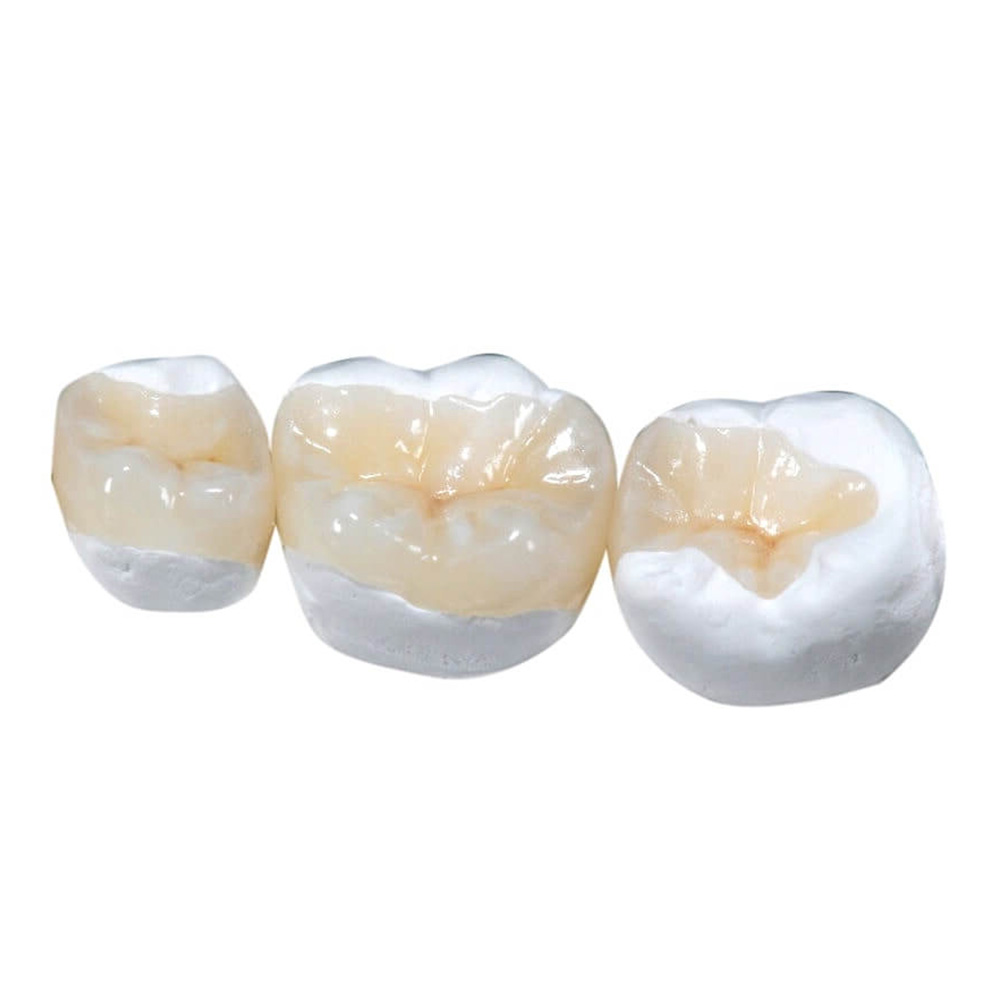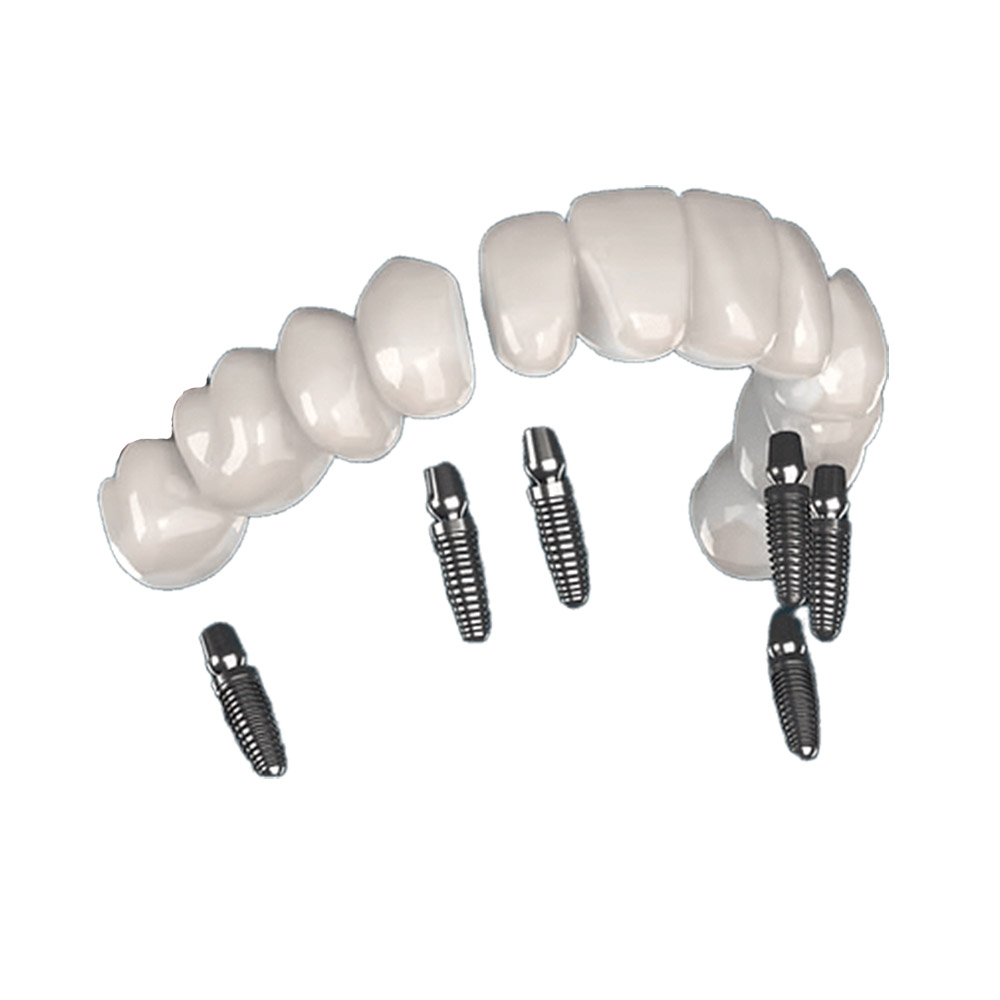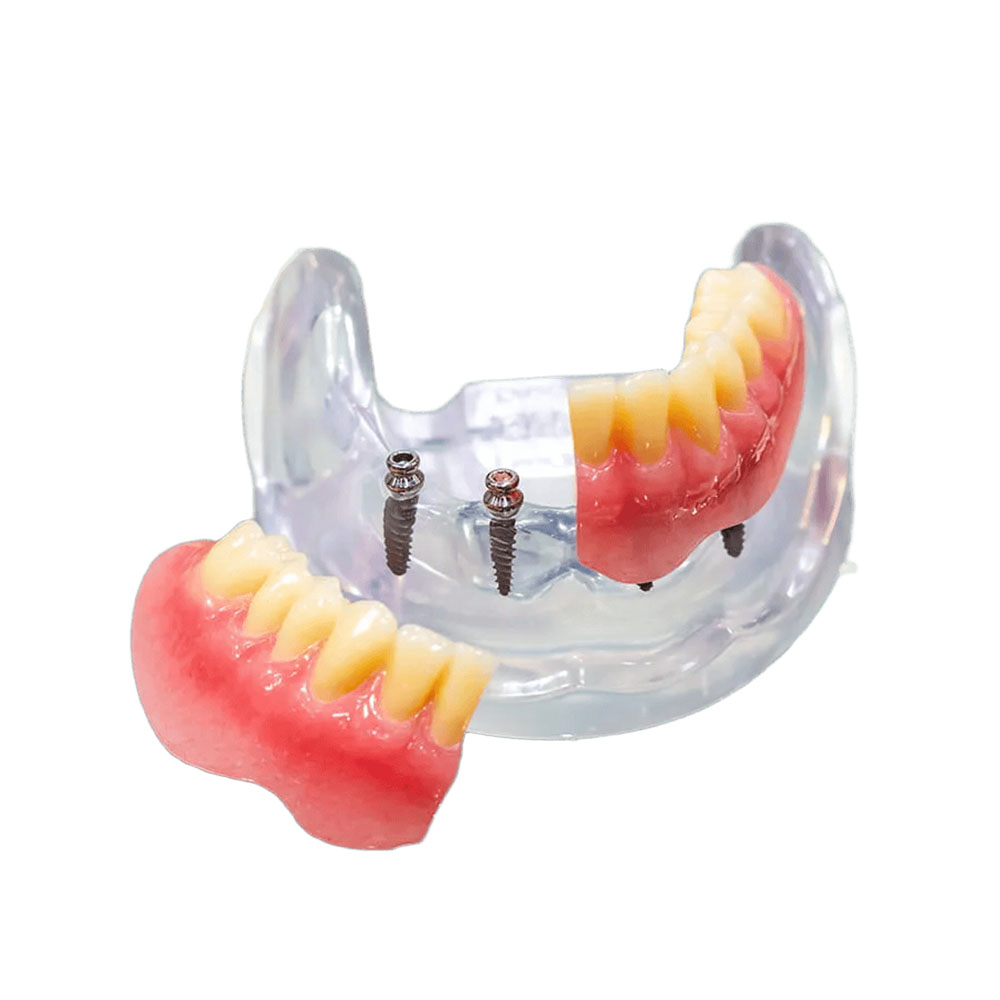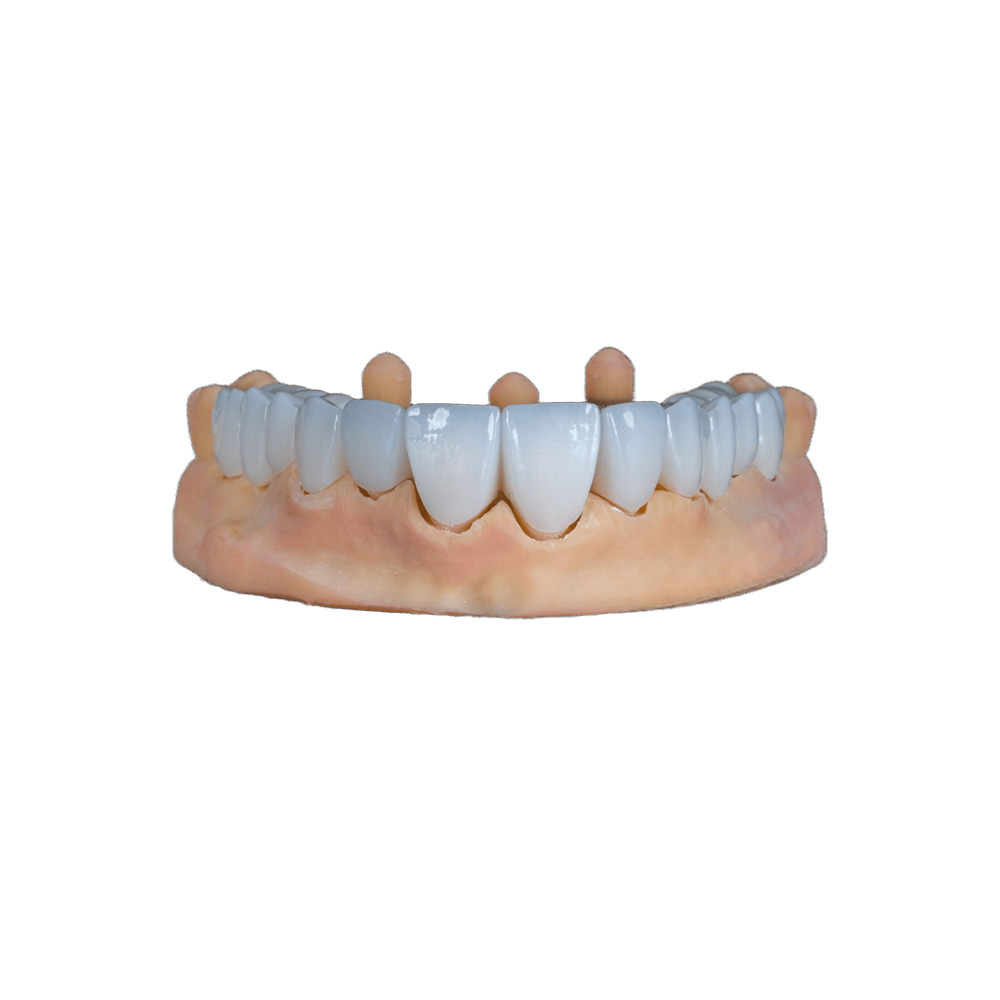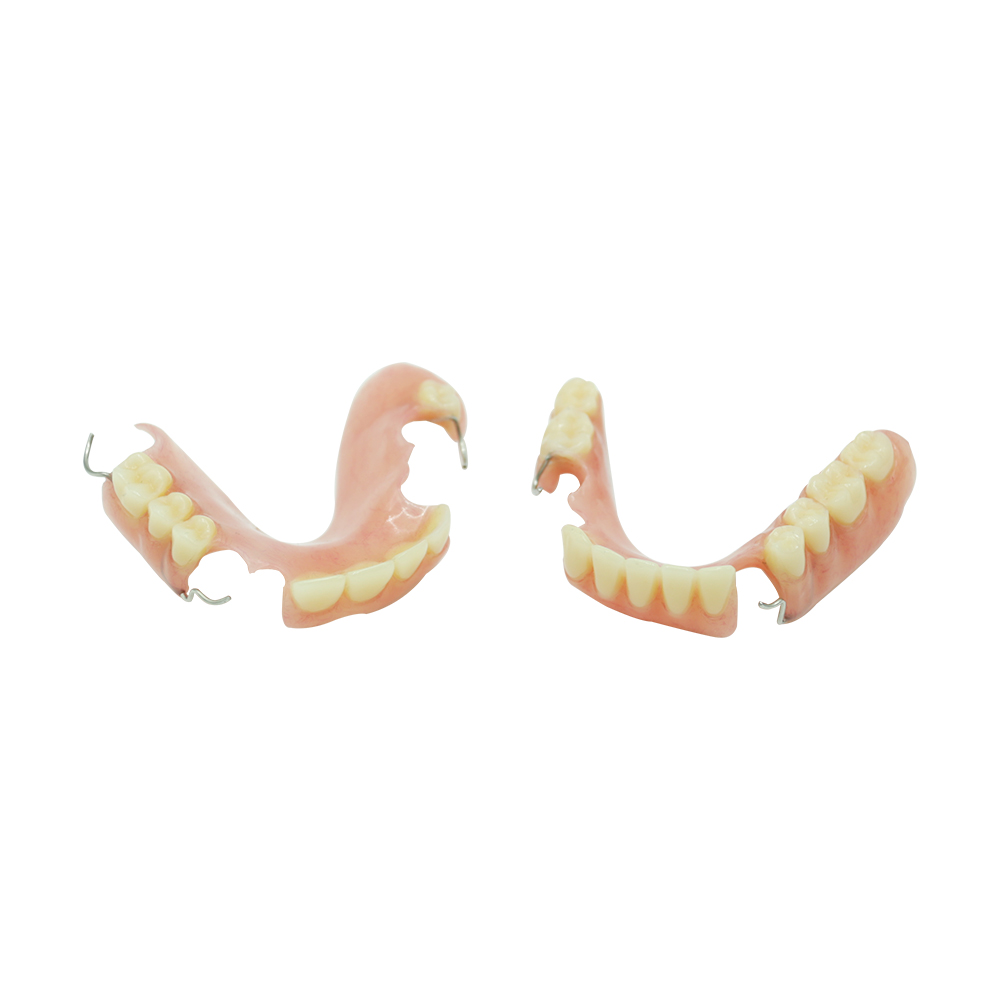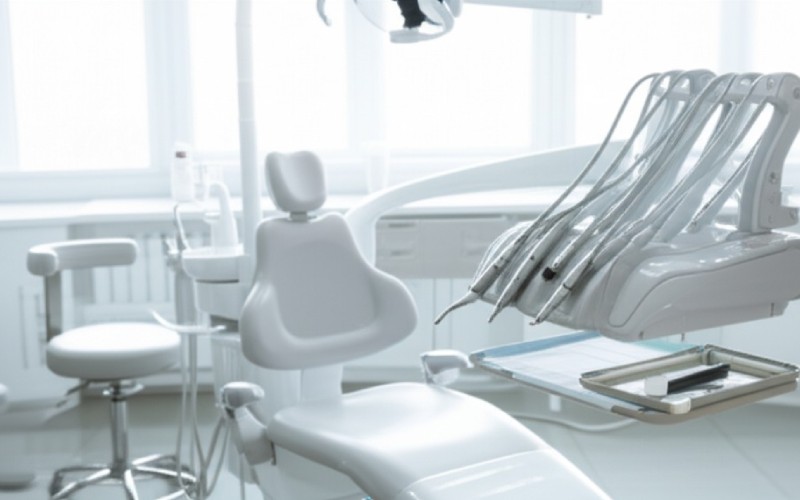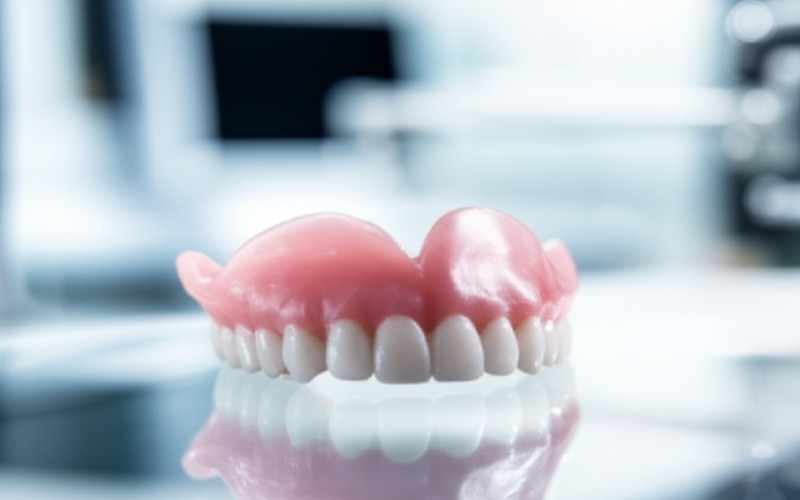All On 4 Dental Implants
Working Together for Success: Your Top Lab for All-on-4 Dental Implants
Istar offers a full service for dentists and their teams. We help you offer the best All-on-4 dental implants to your patients. Our aim is to help your dental offices, hospitals, and other labs succeed. We do this by giving you dependable, top-quality products and help.
We know you want to give your patients a better life. You want to offer a long-lasting solution for tooth loss. The All-on-4 dental implants procedure is a great way to do this. It gives a patient with no teeth a new, fixed smile. This can be great for their confidence. Our lab is your skilled partner in making this happen. We help you get great results every time. Now, let’s look at how we can work together.
Why Offer All-on-4? The Benefits for Your Office
Adding an efficient All-on-4 dental implants service can change your practice. It helps you handle more difficult cases and makes patients very happy.
Here are the main benefits for your clinic:
- Fast Results for Patients: You can offer “Teeth in a Day.” Patients leave your office with a nice temporary set of teeth/bridge on the day of surgery.
- Treat More Patients: The design uses implants placed at an angle. This often means no bone grafting is needed, so more patients can get the treatment.
- High Success Rate: This treatment is shown to work well. The process of osseointegration, where the bone joins with the titanium implants, is very dependable.
- Happy Patients: A permanent set of teeth feels and looks real. This means better chewing and a natural look. This leads to great All-on-4 reviews for your practice.
All-on-4 Dental Implant Restorations – A Dental Lab View
How We Make All-on-4 Teeth in the Lab
The making of All-on-4 teeth at Istar Dental Lab follows very organized and carefully followed steps. We mix old-style methods with new digital (CAD/CAM) technology. Our way of working is made to give you the best accuracy, speed, and a personal touch for every case.
The Traditional Way (Analog Workflow)
Even though digital methods are more common now, the old-style way is still a basic and important skill. It is often used for certain cases or when a dentist prefers it.
- Taking Molds and Making the Main Model:
- At the Clinic: The dentist takes a correct mold of the implant spots using an open-tray or closed-tray method with impression copings. A bite record is also taken.
- At the Lab: When we get the molds, we pour them to make a main model. This model exactly copies the implant spots and the gums around them. Implant analogs are placed into the model.
- Wax Model and Denture Try-in:
- A wax model for planning is made on the main model. This helps to figure out the best tooth placement, bite plan, and looks.
- This wax model is then turned into a try-in denture (usually in wax or PMMA). The dentist checks it for looks, speech, and bite height. It’s very important to get approval from the patient and dentist at this step.
- Making the Frame:
- After the try-in is approved, a strong frame is designed and made. The old way is to make the frame in wax on the model, then cast it in a strong metal like cobalt-chromium or titanium.
- Another option is to mill a titanium bar from a scanned wax model, which gives better strength and a perfect fit.
- Building and Finishing the Teeth:
- Porcelain or strong composite resin is added in layers to the frame to make the final teeth and gum shapes. This needs great artistic talent to look natural.
- The new teeth get their final shaping, coloring, glazing, and polishing before we send them out.
The Modern Digital Way (CAD/CAM Workflow)
Our digital process is the best in accuracy and speed. We use modern scanning, design, and making technologies.
- Getting Digital Scans or Molds:
- At the Clinic: Intraoral scanners take digital pictures of the implant spots (using scan bodies), the other jaw, and the bite. Or, regular molds can be taken and sent to the lab for scanning.
- At the Lab: We get the digital scan files (STL files). If we get physical molds, we scan them with very clear lab scanners to make digital models.
- Computer Design (CAD):
- Our trained CAD experts use advanced dental software to design the full set of teeth on a computer. This includes:
- Lining up the digital model with the patient’s face scan (if we have one) for the best look.
- Designing the frame for a perfect, stress-free fit over the implants.
- Placing the teeth on the computer, thinking about the bite, speech, and how they look.
- Designing the gum shapes.
- This computer design lets us make small changes and see it beforehand, which reduces mistakes.
- Our trained CAD experts use advanced dental software to design the full set of teeth on a computer. This includes:
- Computer-Aided Making (CAM – Milling/3D Printing):
- After the design is approved, the digital file is sent to our CAM machines.
- Milling: High-tech 5-axis milling machines are used to make the frame (from titanium or zirconia) and/or the one-piece set of teeth (from zirconia or PMMA). This gives great accuracy and strong materials.
- 3D Printing: We use advanced 3D printers with body-safe plastics to make temporary teeth, surgical guides, or models.
- Final Steps and Finishing:
- Milled zirconia frames are heated in special ovens to become fully strong.
- The new teeth are then colored and glazed to look natural, or layers of porcelain/composite are added for a multi-layered look.
- Final polishing and quality checks are done before we send them out.
Materials Science: Choosing the Right Materials for All-on-4
Choosing the right body-safe materials is very important for All-on-4 restorations. It affects how strong the new teeth are, how they look, how safe they are for the body, and how long they last. At Istar Dental Lab, we carefully check and use a range of modern materials. We pick each one for its special benefits in different parts of the All-on-4 bridge.
Frame Materials
The frame gives the new teeth their strength and connects them to the implants. The material must be very strong, stiff, and safe for the body.
- Titanium (Ti):
- Qualities: Very safe for the body, strong but light, doesn’t rust, and has good osseointegration abilities (it can join with the bone).
- How it’s used: Often used for milled frames (bars) because it’s very strong and fits perfectly when milled correctly. It can be covered with composite or acrylic.
- Things to know: It can be hard to make it look great by itself; it often needs a nice-looking layer on top.
- Zirconia (ZrO2):
- Qualities: Very strong and hard to bend (up to 1200 MPa), very safe for the body, can be tooth-colored, and doesn’t transfer heat well.
- How it’s used: More and more popular for one-piece or covered frames. Full-contour zirconia is strong and looks good, with less risk of chipping than older porcelain-fused-to-metal (PFM).
- Things to know: Needs to be milled and heated very carefully. It can be rough on the other teeth if not polished very well.
Materials for the Look of the Teeth and Gums
These materials make up the part of the teeth you can see, including the teeth and gum shapes.
- Polymethyl Methacrylate (PMMA):
- Qualities: Light, cushions the bite well, easy to fix, good value for the money, and can look very nice.
- How it’s used: Mostly used for temporary All-on-4 teeth because it’s easy to make and change. It can also be used for the final set of teeth, often with a milled titanium frame.
- Things to know: Wears down faster and is not as strong as ceramics; can get stained over time.
- Composite Resins:
- Qualities: Look good, can be polished, easy to fix, and cushion the bite. Can be made stronger with fibers.
- How it’s used: Used to cover frames (titanium or zirconia) or as a one-piece material for the final teeth, especially when some flexibility is needed.
- Things to know: Can get stained over time, may wear down, and needs careful gluing to the frame.
- Porcelain (Ceramics):
- Qualities: The best looks (clear look, stable color), very resistant to wear, and safe for the body.
- How it’s used: The old-style way was to cover metal frames (PFM) or zirconia frames.
- Things to know: It’s brittle and can chip or break, especially where the bite is strong. It needs to be applied in careful layers.
Hybrid Materials
Mixing different materials to use the best parts of each.
- Zirconia-PMMA Hybrid: A milled zirconia frame covered with PMMA or composite. This mixes the strength of zirconia with the cushioning and easy repair of PMMA/composite.
- Titanium-PMMA/Composite Hybrid: A milled titanium frame covered with PMMA or composite. This is a very common, strong, and reliable option that is easy to repair.
How We Choose Materials
At Istar Dental Lab, our choice of materials is based on a few key things:
- Bite Force: The expected bite strength tells us how strong the materials need to be.
- Space Between Jaws: If there isn’t much room, we may need thinner, stronger materials like one-piece zirconia.
- Implant Angle/Position: This affects how stress is spread and how the frame is designed.
- What the Patient Wants: Patient hopes for color, clear look, and gum shape.
- Patient Habits: Habits like teeth grinding (bruxism), the teeth on the other jaw, and the patient’s budget.
- Clinical Plan: If the case needs teeth right away or after healing, and the type of temporary teeth needed.
- Fixability: How easy it is to fix the teeth if they get damaged.
- Value: Finding a balance between cost, how long it will last, and the value for the patient.
Our skill ensures that for every All-on-4 case, the best mix of materials is chosen and used to deliver new teeth that not only look great but are also strong enough for chewing and will last for years.
Quality Checks for All-on-4 Lab Production
At Istar Dental Lab, quality assurance (QA) and quality control (QC) are not just checks; they are a core part of how we work. They are built into every step of making All-on-4 teeth. Our strict rules are designed to stop mistakes, ensure accuracy, and make sure the fit, function, and long-lasting quality of every set of teeth we send out.
Checks During the Making Process
QC checks are done at key steps during the making process.
- Checking the Model’s Accuracy:
- Old-Style: We check main models for holes or air pockets and make sure the implant analogs are seated correctly. We use special tools to check the distances and angles between implants.
- Digital: We check digital models from scans against clinical photos or physical models (if we have them) to make sure the shapes are correct.
- Checking the Design (CAD Step):
- Our CAD designers follow strict design rules for material thickness, connector size, and the bite plan.
- We do computer checks to make sure the frame has a perfect, stress-free fit and the bite is right.
- We review the look (tooth shape, size, position, gum shapes) against patient photos and the dentist’s notes.
- A Helpful Tip: We suggest dentists use our online design review service. They can approve the digital design before we make it, to lower the chance of having to do it again.
- Checking the Making Process (CAM Step):
- Milling: We check and adjust the milling machines every day. After milling, we check the frames and teeth under a microscope for a smooth finish, good edge fit, and a perfect fit on the model.
- Sintering: Zirconia parts go through careful heating cycles in checked ovens. We keep records of the temperature to make sure the material is strong and dense.
- Layering and Coloring:
- For teeth with a cover, the layering of porcelain or composite is carefully managed for thickness, color match, and shape.
- Coloring and glazing are done by very skilled technicians to make them look natural. We check the color against shade guides under special lights.
Final Checks Before Sending
Before any new teeth leave our lab, they are checked completely.
- Fit and a Stress-Free Seat: The final set of teeth is placed on the main model (or a 3D-printed check model) to be sure of a perfect, stress-free fit over all implant analogs. It cannot be tight or wobbly.
- “Passive fit is a must-have in implant prosthetics. It is the key to long-term implant success, preventing harmful stress on the implants and the bone around them.”
- Checking the Bite: We check the bite on a special device to make sure the bite contacts are right, the side-to-side chewing movements are smooth, and there are no high spots.
- Checking the Look: We check the new teeth for their overall look, including shade, clearness, surface texture, and gum shape, to make sure they meet the highest standards and the patient’s wishes.
- Checking for Strength: The whole set of teeth is checked for any cracks, chips, or flaws. Screw holes are checked to be sure they line up right and are finished well.
- Paperwork: A detailed QC checklist is filled out for every case and signed by several senior technicians. This tells us who did what and allows us to track each step. All case information, including design files and making details, is saved.
Our quality system with many checks, along with ongoing staff training and spending on modern inspection tools, is proof of our dedication to accuracy, long life, and great looks for every All-on-4 restoration from Istar Dental Lab.
Your Skilled Partner in Prosthodontics
Choosing the right lab is a big decision. We are more than just a lab; we are part of your team.
Let us help you build your practice with top-quality All-on-4 dental implants solutions.
Become a partner today to see our full catalog and prices.







